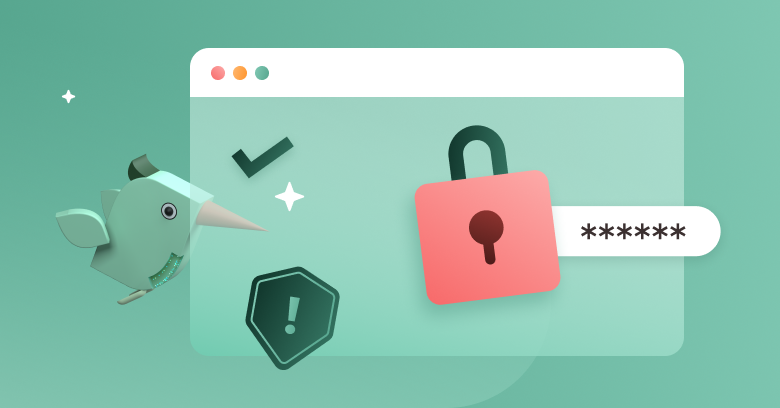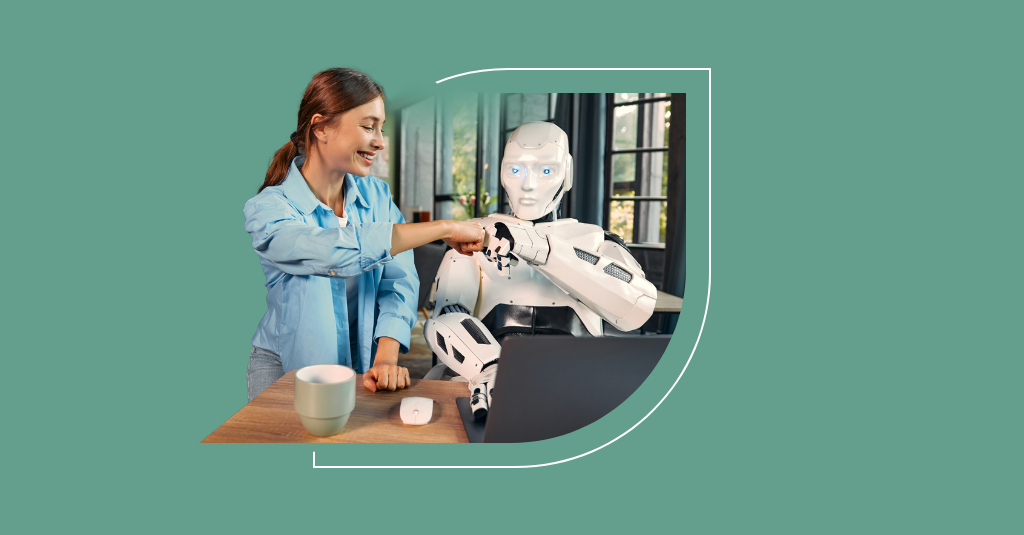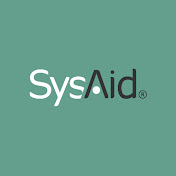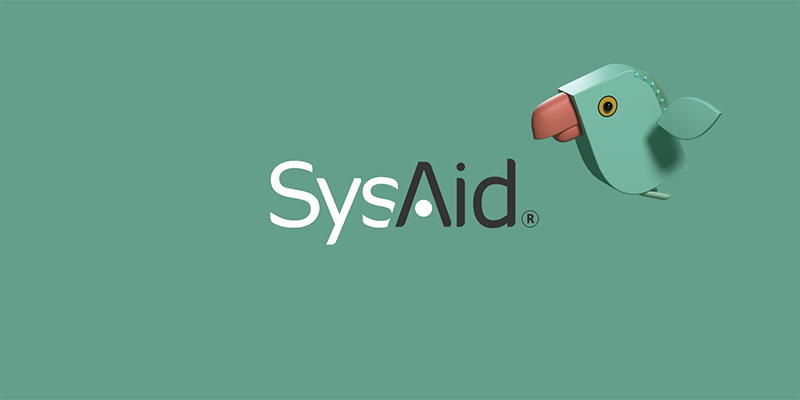What are 5 Cybersecurity Measures for Service Desks?

Cybersecurity is now one of the most important areas of corporate technology focus. The five Cs of cybersecurity – change, compliance, cost, continuity, and coverage – are key information security principles that guide organizations in building a resilient security posture. The five principles directly impact IT service desk services, influencing security policies, risk mitigation, and end-user support.
This blog quickly explains the five Cs of cybersecurity before offering examples of where each plays a part in IT service desk operations and how IT support helps secure business operations.
This @SysAid blog quickly explains the five Cs of #cybersecurity before offering examples of where each plays a part in IT #servicedesk operations and how IT support helps secure business operations. Share on XThe 5 Cs of cybersecurity explained
The five Cs of cybersecurity will help your business protect its digital assets. These Cs can be described as follows:
1. Change – your business should adapt to new threats and technologies
2. Compliance – your business should follow cybersecurity laws and regulations
3. Cost – your business should manage the cost of cybersecurity measures
4. Continuity – your business should ensure its digital capabilities and assets are available even if there are disruptions
5. Coverage – your business should protect all relevant systems and data.
IT service desk cyber advisory
Besides the IT security training provided as part of a new employee’s onboarding training, the IT service desk is likely your end-users’ primary cybersecurity interface. It might guide end-users in dealing with the cybersecurity issues they face while using corporate IT services, meaning that IT support personnel knowledge and the IT service desk scripts and knowledge articles they use must be current.
Therefore, the “change” C is crucial to your IT service desk because cyber threats constantly evolve. Your IT service desk must stay ahead of new vulnerabilities, attack vectors, and compliance requirements, with IT policies and knowledge bases updated to keep end-users informed of the latest risks and mitigating controls.
However, more than an advisory role is often required; your IT service desk services are also likely taking on “hands-on” security activities such as those detailed next.
IT service desk security management activities
Your IT service desk might be involved in various cybersecurity activities. For example, as the first point of contact for security incidents or for ensuring that critical software patches and updates are quickly deployed when needed.
It might also provide end-user and system access rights – using the Principle of Least Privilege to help ensure end-users and systems only have access to necessary resources. Your IT service desk likely does far more for corporate cybersecurity than people think.
Protecting IT service desk data and other compliance needs
As well as advising end-users on data security compliance, the IT service desk is also responsible for the security of the employee and potentially customer data it holds within the corporate ITSM tool and other IT management systems.
However, this need for data security compliance isn’t the only regulatory or legal compliance requirement faced by IT service desks. Other regulations and standards might apply to your IT service desk – for example, GDPR, HIPAA, ISO 27001, and NIST frameworks. All of these impose strict cybersecurity standards on business (and, in this case, IT support) operations.
Therefore, your IT service desk leadership must ensure that IT support staff follow security protocols, such as password policies, encryption standards, and access controls, when using IT support technologies.
Minimizing IT support security costs
The impact and management of cybersecurity incidents can be expensive. For example, the costs associated with data breaches, system downtime (with lost end-user productivity), and compliance violations.
Your IT service desk might be responsible for preventing costly security incidents. For example, artificial intelligence (AI)-driven automation can be employed to detect and resolve security issues before business operations are impacted. Or the aforementioned cybersecurity awareness training and advisory that educates end-users (on cyber threats such as phishing and social engineering) or secure password practices also help to prevent business-affecting cyber issues and the associated costs.
Alternatively, your IT service desk might provide your IT security personnel with the capabilities to provide end-users with the necessary cyber security support. For example, streamlining security support through AI-powered virtual assistants that automate security-related self-service support, including password resets, multi-factor authentication (MFA) setup, and providing security policy reminders.
Leveraging ITSM security best practices, including continuity
ITIL, the body of service management best practices, now includes an Information Security Management practice. The associated ITIL 4 document details the various ITSM security best practices available to your organization wrapped in a standard content delivery model (consistent across all 34 ITIL 4 management practices).
Another of the ITIL 4 management practices is Service Continuity Management, which helps with the fourth cybersecurity C – continuity. Your IT service desk is critical to IT and business continuity, helping ensure that IT and business operations stay resilient. Cyber incidents will occasionally disrupt your business operations, and your IT service desk must be able to quickly restore IT services (and business operations) when the worst happens.
This requires your IT service desk to have a robust Security Incident Response Plan. It should incorporate a structured incident response framework for containing, investigating, and recovering from cyber threats. For example, your IT service desk might also be responsible for maintaining the secure backup and recovery solutions invoked if critical data needs to be recovered.
How security coverage relates to the IT service desk
Your IT service desk is also responsible for ensuring cybersecurity coverage; much of what has already been shared applies to this across all corporate endpoints, applications, and networks (and for hybrid, multi-cloud, and remote work environments).
For example, your IT service desk might secure remote and hybrid workforce use of corporate IT resources using a zero-trust security model, helping ensure secure access through VPNs, MFA, and endpoint protection. Your IT service desk might also be responsible for monitoring cloud security risks and enforcing access controls on cloud-based applications.
Your IT service desk likely has a significant role to play in the 5 Cs of cybersecurity
As this blog explains, the five Cs of cybersecurity – change, compliance, cost, continuity, and coverage – are not confined to your corporate IT security team. Instead, your IT service desk will likely have a significant role depending on how much of your corporate IT security capability has been moved closer to end-users (perhaps using a “shift-left” approach).
How are you improving your organization’s cybersecurity measures? Let us know in the comments.
Did you find this interesting?Share it with others:
Did you find this interesting? Share it with others:








